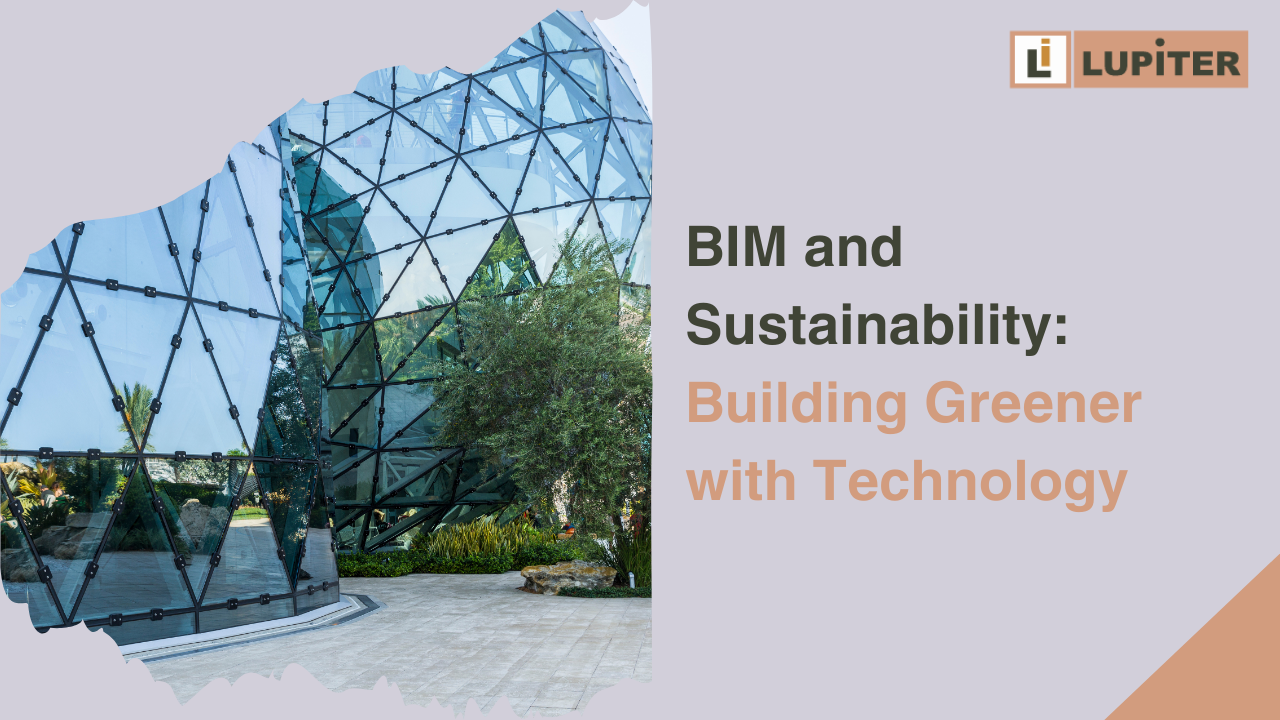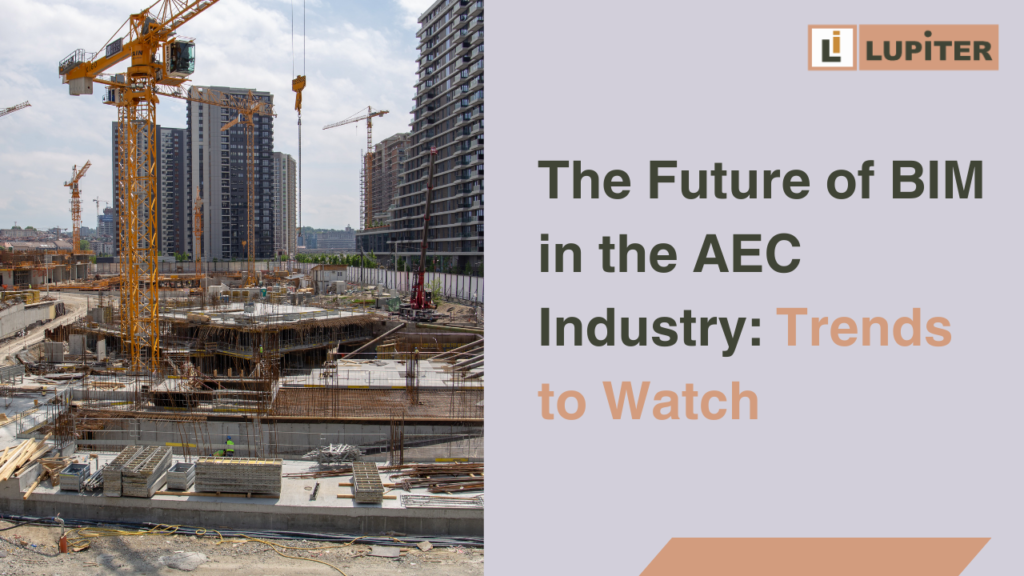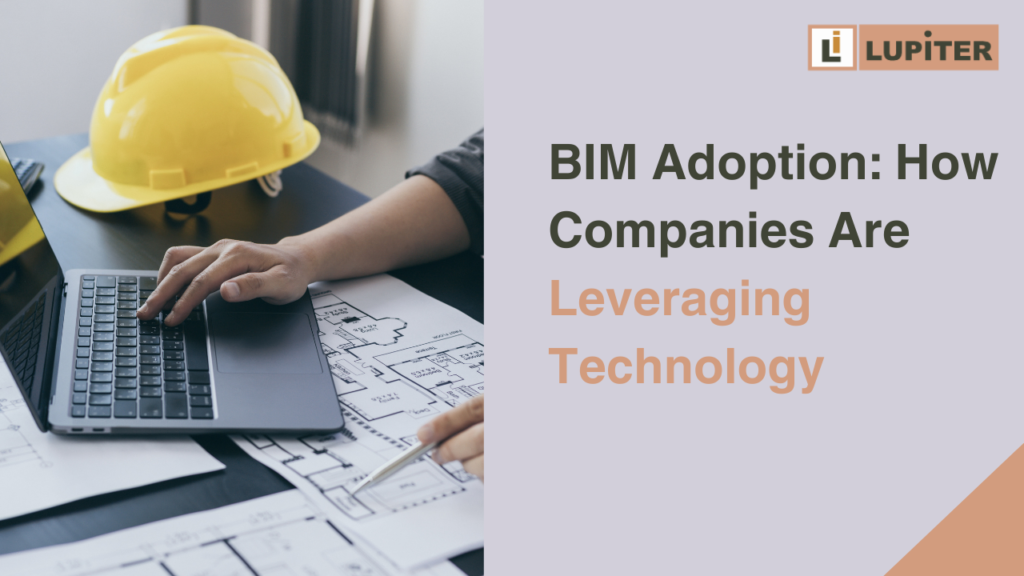
In an era where environmental sustainability is no longer just a choice but a necessity, the construction industry faces increasing pressure to adopt practices that minimize environmental impact. Building Information Modeling (BIM) has emerged as a powerful tool to enhance sustainability in architecture, engineering, and construction. This article explores how BIM integrates with sustainability to help architects, engineers, contractors, engineering consultants, and EPC companies build greener and more efficiently across regions like the USA, Dubai, Europe, Saudi Arabia, and Australia.
Understanding BIM: A Foundation for Sustainable Building
Building Information Modeling (BIM) is a digital representation of a building’s physical and functional characteristics. It goes beyond traditional blueprints, offering a collaborative platform that brings together all stakeholders in a construction project. BIM covers the entire lifecycle of a building, from design and construction to operation and maintenance.
The adoption of BIM is growing rapidly worldwide, particularly in regions like the USA, Dubai, Europe, Saudi Arabia, and Australia, where the demand for sustainable construction is high. The technology enables precise planning, simulation, and analysis, reducing the margin for error and ensuring that sustainability goals are met.
The Role of BIM in Enhancing Sustainability
Sustainability in construction involves reducing energy consumption, minimizing waste, and using eco-friendly materials. BIM plays a critical role in achieving these objectives through various ways:
Energy Efficiency
One of the most significant contributions of BIM to sustainability is its ability to improve energy efficiency. BIM allows architects and engineers to simulate energy use during the design phase, making it easier to optimize building orientation, insulation, and HVAC systems. These simulations enable stakeholders to predict and reduce a building’s carbon footprint before construction begins.
Material Optimization
BIM provides precise calculations for the quantity of materials needed, reducing waste during construction. It also enables the use of sustainable materials by integrating databases that include information on material properties, such as embodied energy, recycled content, and environmental impact.
Waste Reduction
Construction waste is a significant environmental issue. BIM helps in waste reduction by facilitating accurate prefabrication and modular construction. These methods ensure that materials are used efficiently, with minimal waste. Furthermore, BIM’s 3D modeling capabilities allow for better visualization, reducing errors and rework that contribute to waste.
Water Management
Sustainable water management is crucial in regions like Dubai and Saudi Arabia, where water scarcity is a pressing issue. BIM aids in designing efficient water systems by allowing engineers to model and simulate water usage, plumbing systems, and irrigation plans. This capability ensures that buildings are designed to minimize water consumption and manage stormwater effectively.
BIM and Green Building Certifications
Green building certifications such as LEED (Leadership in Energy and Environmental Design) and BREEAM (Building Research Establishment Environmental Assessment Method) are increasingly sought after in regions like the USA, Europe, and Australia. BIM significantly enhances the process of achieving these certifications.
LEED Certification
In the USA and other regions, LEED certification is a benchmark for sustainable building design. BIM helps streamline the LEED certification process by providing detailed information on energy performance, water usage, and material selection. The technology enables architects and engineers to design buildings that meet or exceed LEED requirements.
BREEAM Certification
BREEAM is widely recognized in Europe and other parts of the world as a leading sustainability assessment method. BIM facilitates BREEAM certification by providing accurate data for assessments and reducing the time required for documentation. The integration of BIM in the design phase ensures that sustainability is considered at every stage of the project.
Regional Perspectives: BIM and Sustainability
USA
In the USA, the push for green building is driven by both federal and state regulations, along with market demand. BIM adoption is widespread, with a strong focus on integrating sustainability. The technology is used to meet stringent environmental standards, reduce costs, and improve project outcomes.
Dubai
Dubai is a leader in adopting smart and sustainable building practices. The city’s commitment to becoming one of the most sustainable cities by 2050 has led to a significant increase in BIM adoption. In Dubai, BIM is used to design energy-efficient skyscrapers, manage water resources, and achieve sustainability goals in line with the Dubai Green Building Regulations.
Europe
Europe has long been a pioneer in sustainability, and BIM plays a crucial role in maintaining this leadership. The European Union’s stringent environmental regulations and emphasis on reducing carbon emissions have driven the widespread adoption of BIM. In countries like the UK, Germany, and the Netherlands, BIM is integral to meeting sustainability targets and achieving green building certifications.
Saudi Arabia
Saudi Arabia is rapidly transforming its construction industry, with a strong focus on sustainability as part of its Vision 2030 plan. BIM is central to this transformation, enabling the design and construction of energy-efficient buildings, optimizing resource use, and ensuring compliance with the Saudi Green Building Code.
Australia
Australia’s construction industry is increasingly focused on sustainability, driven by government policies and consumer demand. BIM adoption is growing, particularly in urban areas like Sydney and Melbourne, where there is a strong emphasis on reducing the environmental impact of buildings. BIM helps Australian architects and engineers design buildings that are energy-efficient, water-wise, and built with sustainable materials.
Challenges and Opportunities in BIM-Driven Sustainability
While BIM offers numerous benefits for sustainability, its adoption is not without challenges. However, these challenges also present opportunities for innovation and growth.
Technological Integration
Integrating BIM with other sustainability tools and technologies can be complex. However, this integration is necessary to fully realize the potential of BIM in sustainable construction. The development of standardized protocols and interoperability between different software platforms is essential.
Training and Education
The successful implementation of BIM requires a skilled workforce. There is a need for ongoing training and education to ensure that architects, engineers, contractors, and consultants are proficient in using BIM for sustainable design and construction. Investing in education will lead to a more skilled workforce and better project outcomes.
Cost Considerations
The initial cost of implementing BIM can be high, particularly for small and medium-sized enterprises (SMEs). However, the long-term savings in terms of reduced waste, improved energy efficiency, and faster project completion make BIM a worthwhile investment. Government incentives and subsidies can also help offset these initial costs.
Looking for 3D models, clash coordination and shop drawings for your Design and Construction project. Contact us with your requirements.
Regulatory Support
Government support is crucial for the widespread adoption of BIM. Policies that mandate or encourage the use of BIM, particularly for public projects, can drive industry-wide change. In regions like the USA, Europe, and Dubai, where such regulations are already in place, BIM adoption has accelerated, leading to more sustainable building practices.
The Future of BIM and Sustainability
The future of BIM and sustainability is promising. As technology advances, BIM will become even more integral to sustainable construction. The rise of artificial intelligence (AI) and machine learning will enhance BIM’s capabilities, allowing for more accurate predictions, better resource management, and smarter buildings.
Smart Cities and BIM
Smart cities are a growing trend, particularly in regions like Dubai and Europe. BIM will play a crucial role in the development of smart cities by enabling the design and construction of intelligent, sustainable buildings that are integrated into the broader urban infrastructure.
Renewable Energy Integration
As the world shifts towards renewable energy, BIM will be essential in designing buildings that integrate solar panels, wind turbines, and other renewable energy sources. This integration will help reduce the carbon footprint of buildings and contribute to global sustainability goals.
Lifecycle Sustainability
BIM’s ability to cover the entire lifecycle of a building, from design to demolition, will become increasingly important. Lifecycle sustainability ensures that buildings are not only designed and constructed sustainably but are also operated and eventually deconstructed in an environmentally responsible manner.
Conclusion
Building greener with technology is no longer a vision for the future—it’s a reality made possible by BIM. Across the USA, Dubai, Europe, Saudi Arabia, and Australia, BIM is transforming the construction industry, enabling architects, engineers, contractors, and EPC companies to design and build more sustainable buildings. As BIM continues to evolve, it will play an even more critical role in the global effort to reduce the environmental impact of the built environment.


